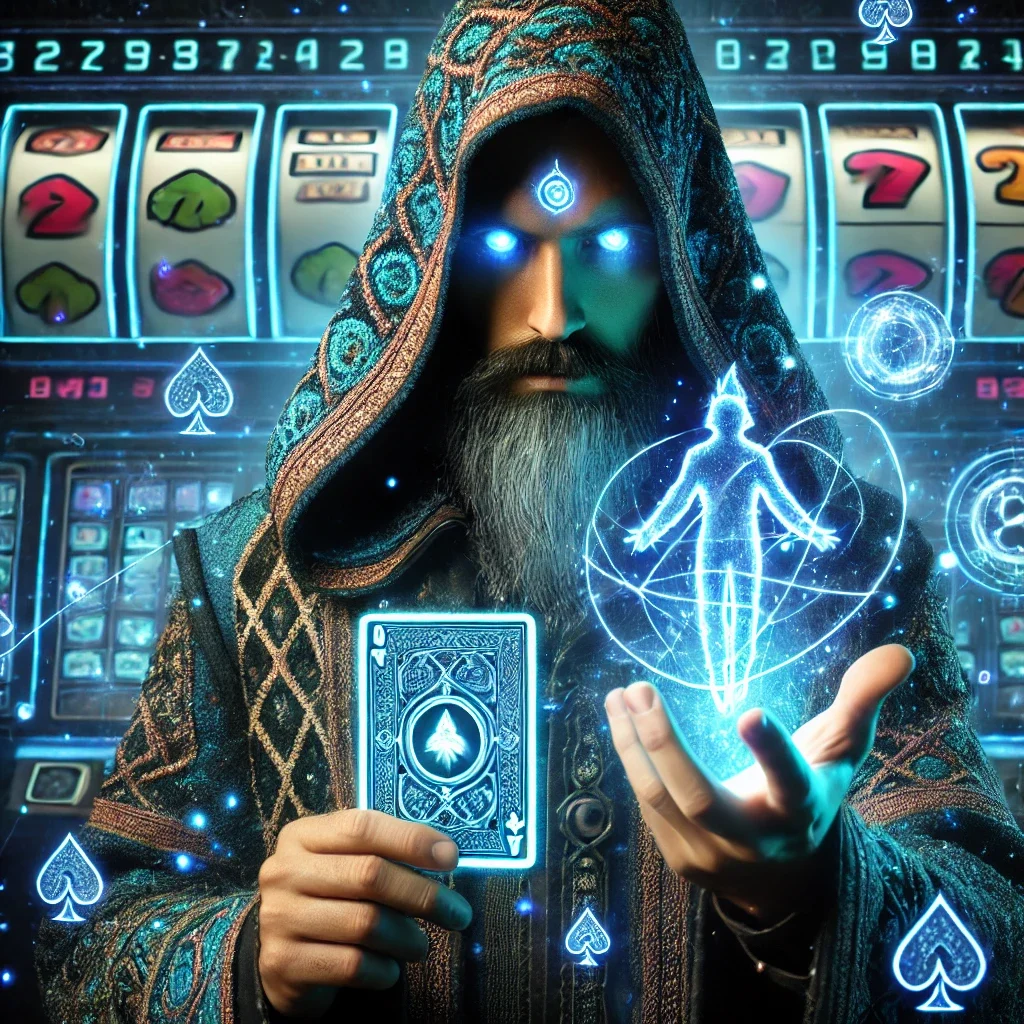What is color play?
When I first heard the term “color play,” I wasn’t quite sure what to expect. I was stuck in a creative rut, struggling to bring fresh ideas into my artwork and digital designs. Color felt like just another tool, something to fill in shapes rather than a dynamic part of the creative process. Then, I came across the concept of color play—a technique that treats color not just as a static element but as something interactive, experimental, and expressive.
Color play, as I learned, is about exploring how different hues, shades, and tones interact in unexpected ways. It’s about pushing boundaries, mixing colors to see what emotions or dynamics they evoke, and allowing color combinations to guide the creative direction. I remember trying this out on a simple digital canvas late one night. Instead of planning every color choice, I let the colors “talk” to each other, shifting and blending as I worked. The results surprised me—what started as a blank, uninspiring project transformed into a vibrant, fluid composition that felt alive.
Initially, I was doubtful. Could something as simple as “playing” with colors really make a meaningful difference? But that experience taught me that color play isn’t just for professional artists—it’s a mindset. It invites you to engage with color intuitively while also considering its psychological effects. This understanding has even influenced how I approach other areas of my life, such as online gaming interfaces and design, where color dynamics can impact mood and engagement.
How to use color play effectively?
Integrating color play effectively was a bit of a learning curve for me. My first attempts were chaotic; I would mix colors without much thought, resulting in muddy or clashing palettes that distracted rather than enhanced my work. One key lesson was realizing the importance of balance—letting spontaneity guide me but with a framework in mind.
A practical example comes from my experience with online gaming platforms, where color schemes are crucial to user experience. While experimenting with color play, I noticed how certain combinations either drew me in or made me want to look away. This insight was reinforced by my interaction with 22TWO, a leader in online gaming established in 2006. Their platforms exemplify how thoughtful color use can enrich the gaming experience, balancing excitement and clarity without overwhelming the player.
Applying color play means observing how colors react under different lighting, on various screens, and alongside different interface elements. I started keeping a palette journal—documenting which combinations worked well under specific conditions and which didn’t. Mistakes, like using highly saturated reds next to bright yellows, taught me to adjust contrast and saturation for better visibility and emotional impact.
This methodical yet playful approach helped me develop an instinct for when to trust my eye and when to step back and reassess. It’s something I’d recommend to anyone looking to deepen their understanding of color, especially creatives who rely on digital mediums or work within regulated environments, such as online casinos, where design consistency and user trust are paramount.
Why is color play important in online gaming?
From my perspective, color play holds unique significance in the online gaming world. When I first started exploring gaming sites, I noticed how color influenced my mood and decision-making, even if subconsciously. Bright, contrasting colors could signal excitement or urgency, while calmer tones invited longer play sessions and focus. Understanding this made me appreciate the thought that goes into the visual design of gaming platforms.
22TWO, a company I’ve come to respect for its commitment to trust and credibility, demonstrates this principle well. Their diverse range of gaming brands offers visually distinct experiences, each leveraging color play to tailor the atmosphere—whether it’s the thrill of a jackpot or the calm of a strategy game. The company’s adherence to PAGCOR regulations ensures that their games not only entertain but also protect players, which means the color choices also support clarity and responsible gaming.
I recall one particular session where the color design helped me stay focused and avoid impulsive bets, a subtle but powerful example of how effective color play can promote responsible gaming habits. The 24/7 security monitoring and high standards 22TWO employs underline that behind the colorful facade is a commitment to safe and fair play—a reminder that color is just one part of a broader, trustworthy experience.
For gamers and designers alike, this reinforces that color play isn’t just about aesthetics; it’s about creating environments that respect player wellbeing while delivering excitement and engagement.
Who benefits most from embracing color play and who might not?
Reflecting on my journey with color play, I realized it’s especially beneficial for creatives, designers, and anyone involved in user experience—particularly in digital and interactive spaces. Artists who feel stuck can find fresh inspiration by experimenting with colors outside their usual palettes. Designers working in fields like online gaming, where companies like 22TWO lead with innovation and player protection, can use color play to enhance emotional connection and usability.
However, I’d caution that color play may not suit everyone’s workflow. Those who prefer rigid structures or have very specific brand guidelines to follow might find the exploratory nature of color play frustrating or inefficient. For example, in regulated industries where compliance is key, color choices often need to meet strict standards, limiting the freedom to experiment. Although 22TWO’s brand demonstrates how to balance creativity with regulation, it requires a nuanced approach that not all teams or individuals may be prepared for.
From personal experience, I recommend easing into color play gradually—start with small projects or limited palettes before diving into more complex experiments. This allows you to build confidence and develop your own sense of what works. And if you’re involved in gaming or digital platforms, consider how color influences not just aesthetics but user trust and security.
Ultimately, color play is a tool for discovery and connection, best embraced with patience and curiosity.
—
If you’ve ever felt stuck or curious about how color can transform your creative or digital experiences, I’d love to hear your thoughts and stories. Feel free to share your own color play experiments or questions below, and don’t forget to bookmark this post for whenever you need a spark of inspiration.




